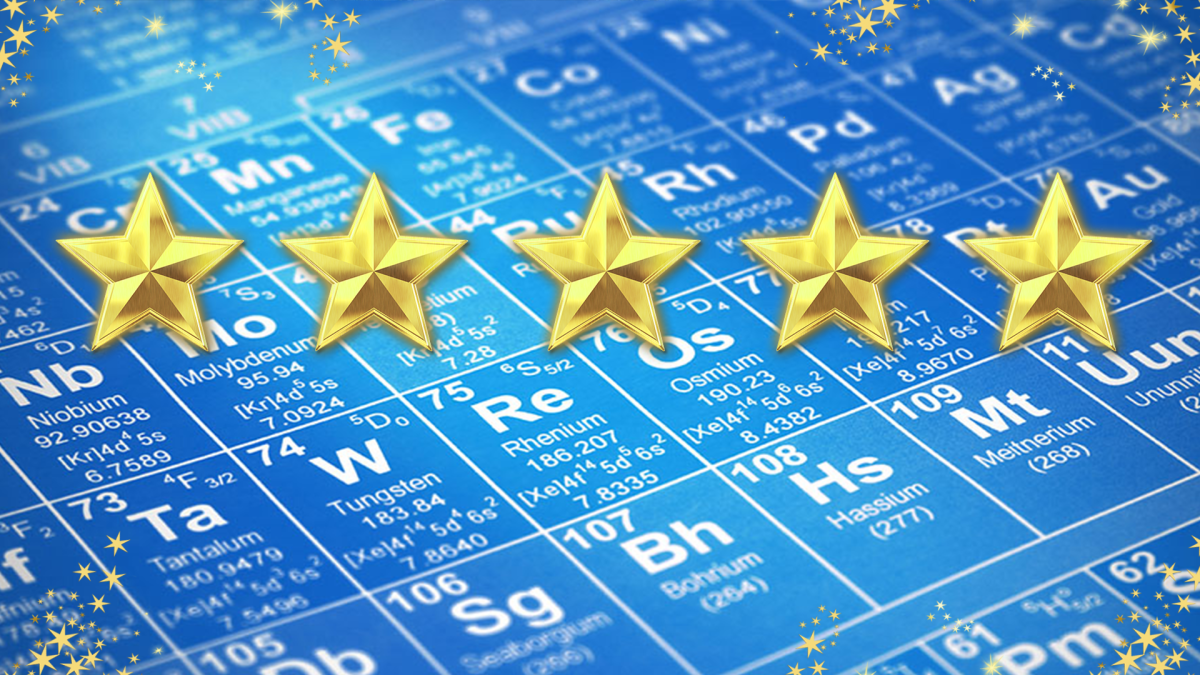
Properties of Matter: Intermolecular Forces and Bubbles
by Laura Winder
Students explore different recipes for giant bubbles and determine which recipe created the best (longest lasting) bubbles in this engaging lesson. Then, they examine the structures of the added ingredients and apply to their knowledge of the different types of intermolecular forces to explain why one mix was better or worse than the others.
Lesson Plan Link/URL
https://docs.google.com/presentation/d/1Lw-YR7cA5fPbn12sD49m3BwqEK9_ouIW/edit?u…Subject Area
Science Physical Science P1: Matter Technology 6. Creative Communicator Engineering S4: Apply Science to Engineering English Language Arts (ELA) Speaking & Listening
Featured
Off
Related Content

Grades:
9th Grade, 10th Grade, 11th Grade, 12th Grade
The first rule in the chemistry lab is “don’t eat or drink or lick anything in the lab”! This lesson breaks those rules and shows students how culinary is really a practical application of chemistry

Grades:
7th Grade, 8th Grade, 9th Grade, 10th Grade, 11th Grade, 12th Grade
Students will apply principles of design, engineering, and mathematics to create a physical or digital labyrinth inspired by the myth of Theseus. This project integrates STEM concepts with literature

Grades:
10th Grade, 11th Grade, 12th Grade
Students will unravel the intricacies of environmental impact analysis, gaining insight into its pivotal role in evaluating the sustainability of chemical processes. Through a blend of explanation